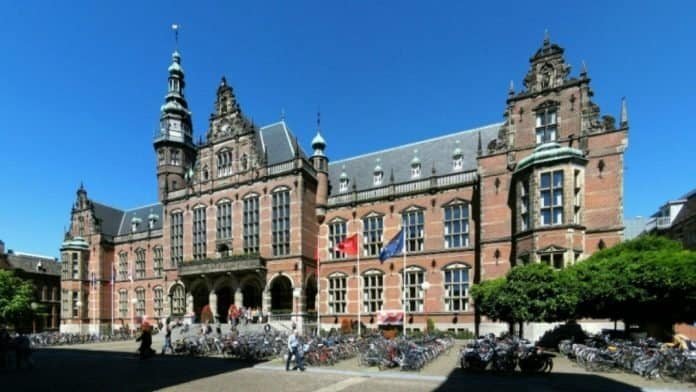🔍 Summary
The University of Groningen, in collaboration with the Groningen Cognitive Systems and Materials (CogniGron) research center, invites applications for a PhD position within the NEUROTACT project. This groundbreaking project focuses on developing bio-inspired neuromorphic sensing systems to revolutionize tactile capabilities in biomedical devices.
📢 PhD Position at University of Groningen in Neuromorphic Sensing Systems
🎓 Designation
PhD Candidate
🔬 Research Area
Neuromorphic Computing, Flexible Electronics, Tactile Sensing, MEMS/NEMS
📍 Location
University of Groningen, Groningen, Netherlands
✔ Eligibility/Qualification
Candidates must have:
- A strong background in Mechatronic Engineering, Mechanical or Electrical Engineering, Flexible Electronics, MEMS/NEMS, or a related field.
- A proactive approach, enthusiasm for multidisciplinary research, and the ability to collaborate effectively.
- Excellent English communication skills.
📝 Job Description
The NEUROTACT project focuses on:
- Fabrication and integration of flexible piezoelectric sensors with neuromorphic networks.
- Developing tactile platforms for biomedical applications by studying physical interaction with the environment.
The PhD position is funded by the Ubbo Emmius Foundation and is offered on a 1+3 years contract basis. The successful candidate will join an interdisciplinary group and be supervised by Prof. Dr. Mónica Acuautla and Prof. Dr. Elisabetta Chicca.
📜 How to Apply
Candidates should compile a single PDF containing:
- Detailed CV
- Letter of motivation
- Transcripts of bachelor’s and master’s grades
- Contact information of two references
Send your application to m.i.acuautla.meneses@rug.nl.
📅 Last Date to Apply
Applications will be evaluated on a rolling basis, and interviews will be conducted with potential candidates. The position is expected to start in March 2025 or as soon as possible.
📬 Contact for Inquiries
For informal inquiries, contact m.i.acuautla.meneses@rug.nl.
🌟 Join us to rethink computing and contribute to a future-proof solution inspired by the human brain!








